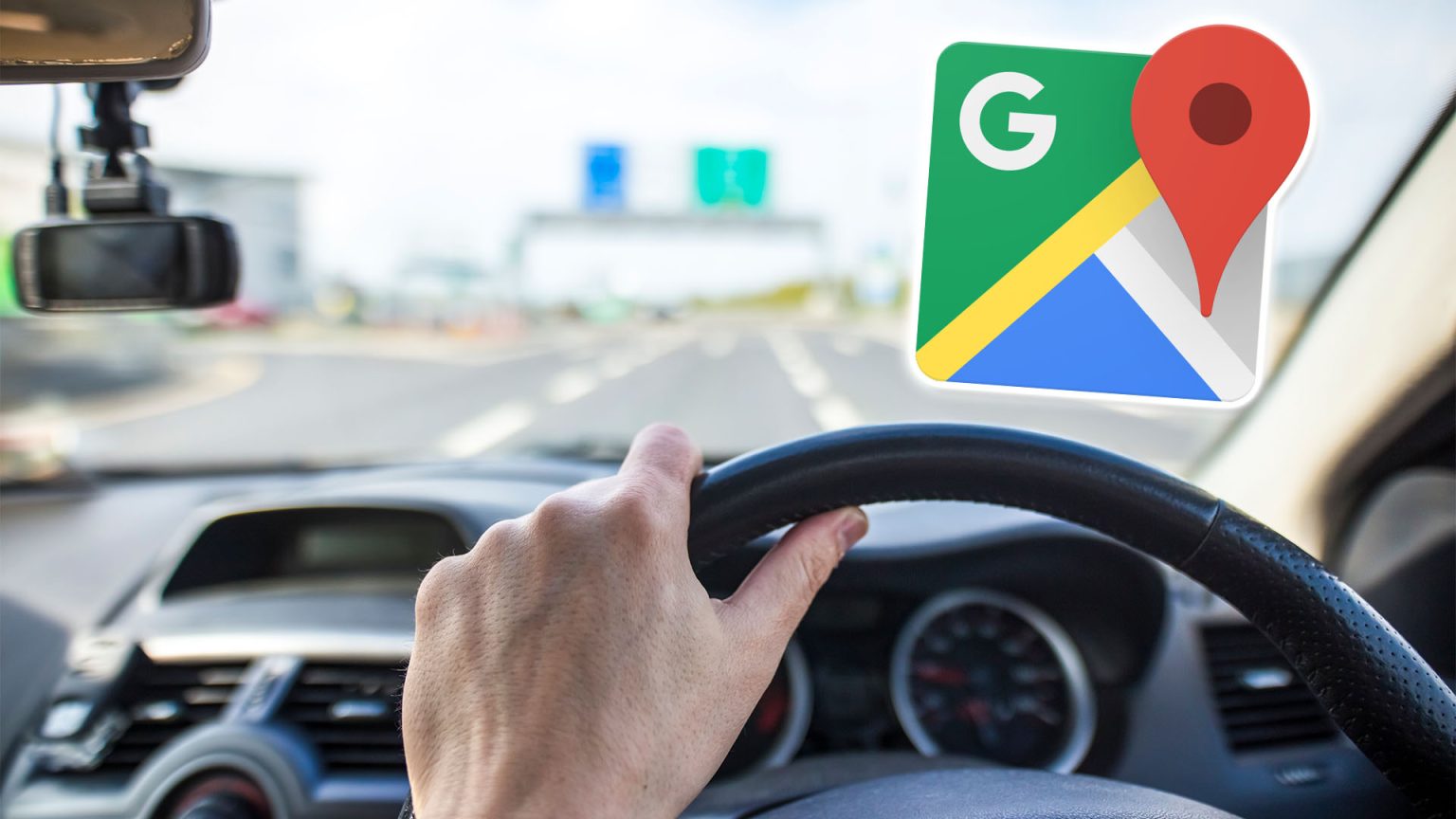Google Maps is enhancing its speed limit accuracy to assist drivers in avoiding fines. The challenge of maintaining up-to-date speed limit information for every road globally is immense. Google’s innovative solution involves leveraging dashcam footage from third-party sources, particularly delivery vehicles that constantly traverse road networks. This provides a continuous stream of real-time data, capturing changes in speed limits as they occur. Google has partnered with DPD, a delivery service, and Nextbase, a dashcam manufacturer, for this initiative. Participating drivers can opt-in to share their footage, contributing to the collective effort of improving map accuracy. This collaborative approach allows for dynamic updates, reflecting the ever-changing road landscape.
Google employs advanced AI technology to analyze the dashcam footage. The AI is trained to identify and interpret traffic signs, specifically focusing on speed limit signs. This automated process extracts the relevant information and updates the speed limit warnings displayed on the Google Maps app. The system is designed to prioritize user privacy; Google emphasizes that the shared footage is not published and is deleted after the necessary information is extracted. Furthermore, Google only requests footage for areas where updates are deemed necessary, targeting specific road segments rather than collecting indiscriminate data. This targeted approach minimizes the amount of data collected while maximizing its utility.
The process involves Google identifying areas requiring map updates. The company then contacts its partners to obtain short video clips of the specific road sections containing the relevant speed limit signs. This precise targeting ensures that only the necessary information is collected and processed. The system relies on trusted third-party partners who collect imagery from both commercial and consumer dashcam devices. This diverse range of sources contributes to a comprehensive and accurate representation of speed limits across various road types.
While Google Maps strives to provide accurate information, drivers should always prioritize physical road signs. The app serves as a helpful aid, offering guidance and alerts, but it’s crucial not to depend solely on its data. Drivers retain the responsibility to observe and adhere to posted speed limits, regardless of what is displayed on their navigation apps. This cautious approach ensures road safety and minimizes the risk of incurring penalties.
UK speed limits vary based on road type and vehicle classification. In built-up areas, the universal speed limit is 30mph for all vehicles. On single carriageways, the limit is generally 60mph for cars and motorcycles, but it reduces to 50mph when towing. Larger vehicles like buses and goods vehicles have lower speed limits, ranging from 40mph to 60mph depending on their weight and location (England/Wales/Scotland). Dual carriageways have a 70mph limit for cars and motorcycles, while larger vehicles are restricted to 60mph or 50mph in Scotland. Motorways follow a similar pattern, with a 70mph limit for most vehicles, although larger vehicles and buses over 12 meters are limited to 60mph.
Vehicle classifications also play a role in determining the applicable speed limit. Vans carrying less than two tonnes are categorized as car-derived vans, while motorhomes used for commercial purposes are classified as goods vehicles. These classifications influence the applicable speed limits on different road types. Awareness of these distinctions is crucial for drivers to ensure they comply with the correct speed limits and avoid potential fines. It’s important to note that these regulations can be subject to change, and drivers should stay informed about any updates to avoid unintentional violations. Regularly consulting official sources for the latest highway code information is recommended.











